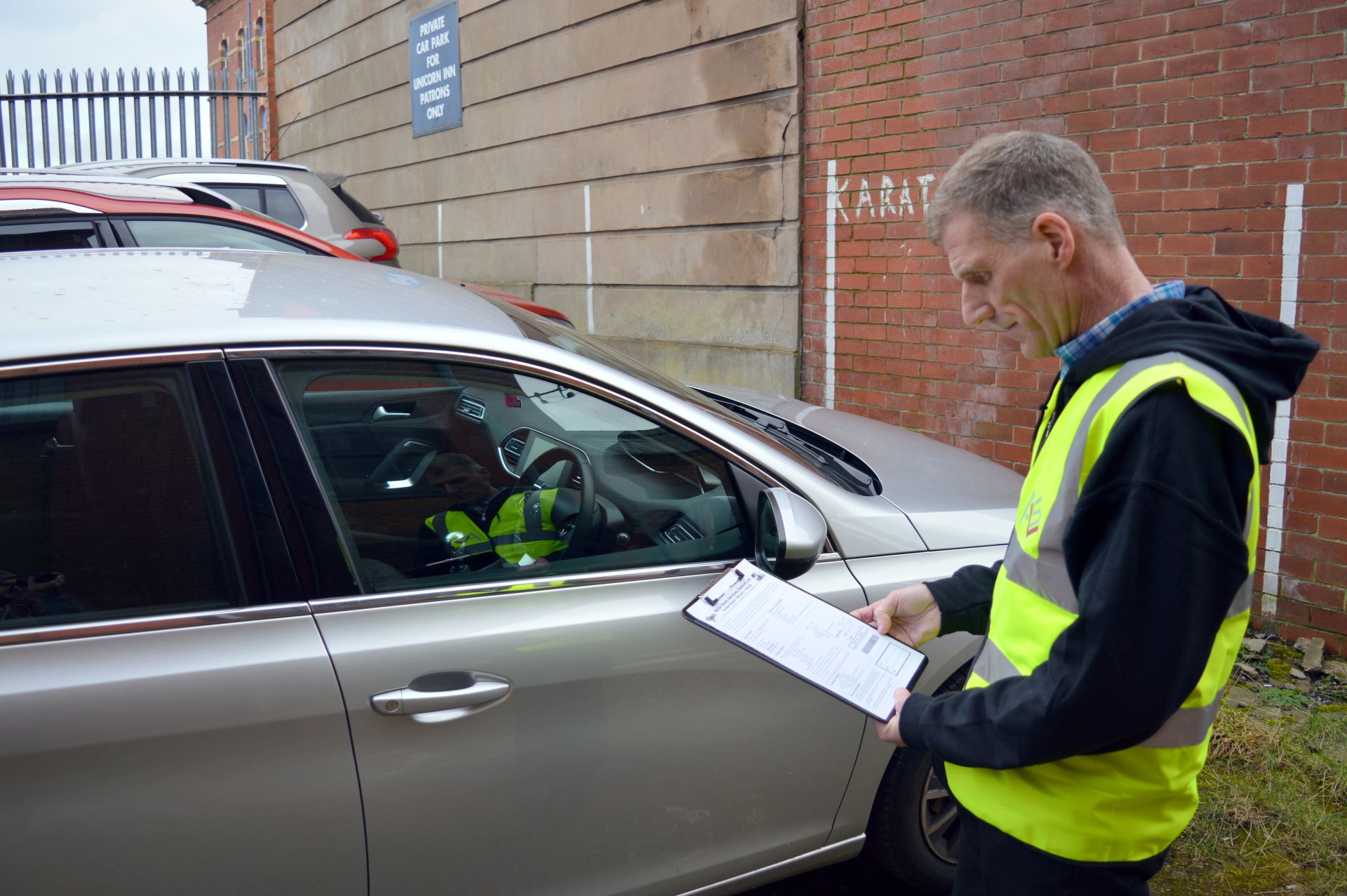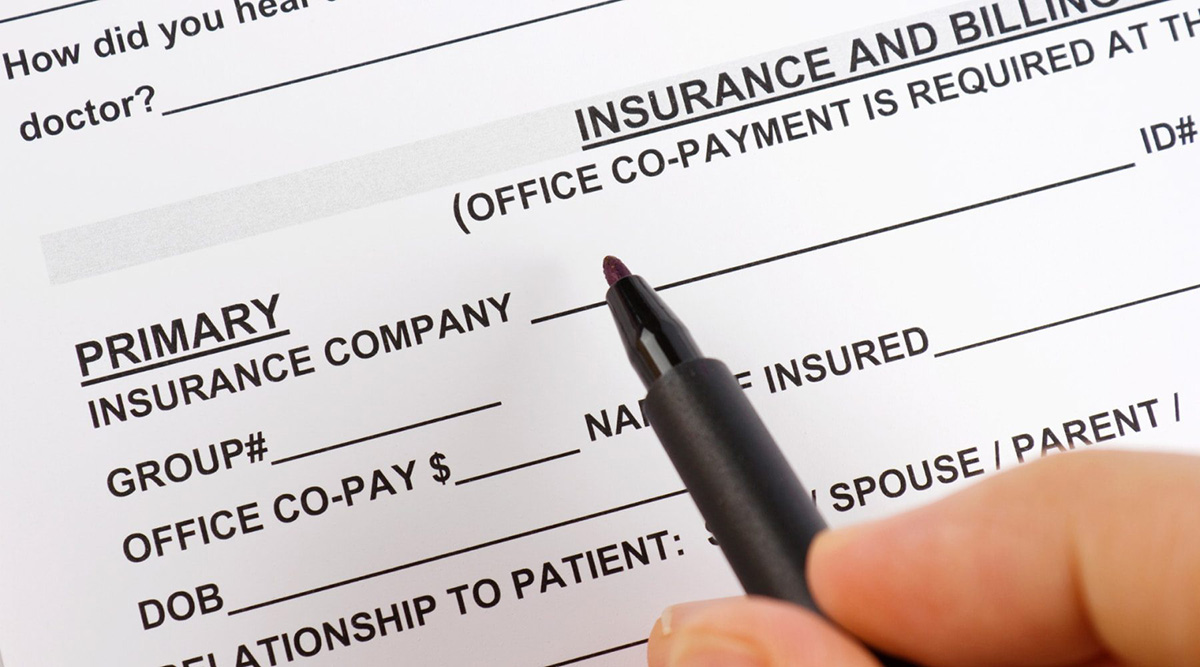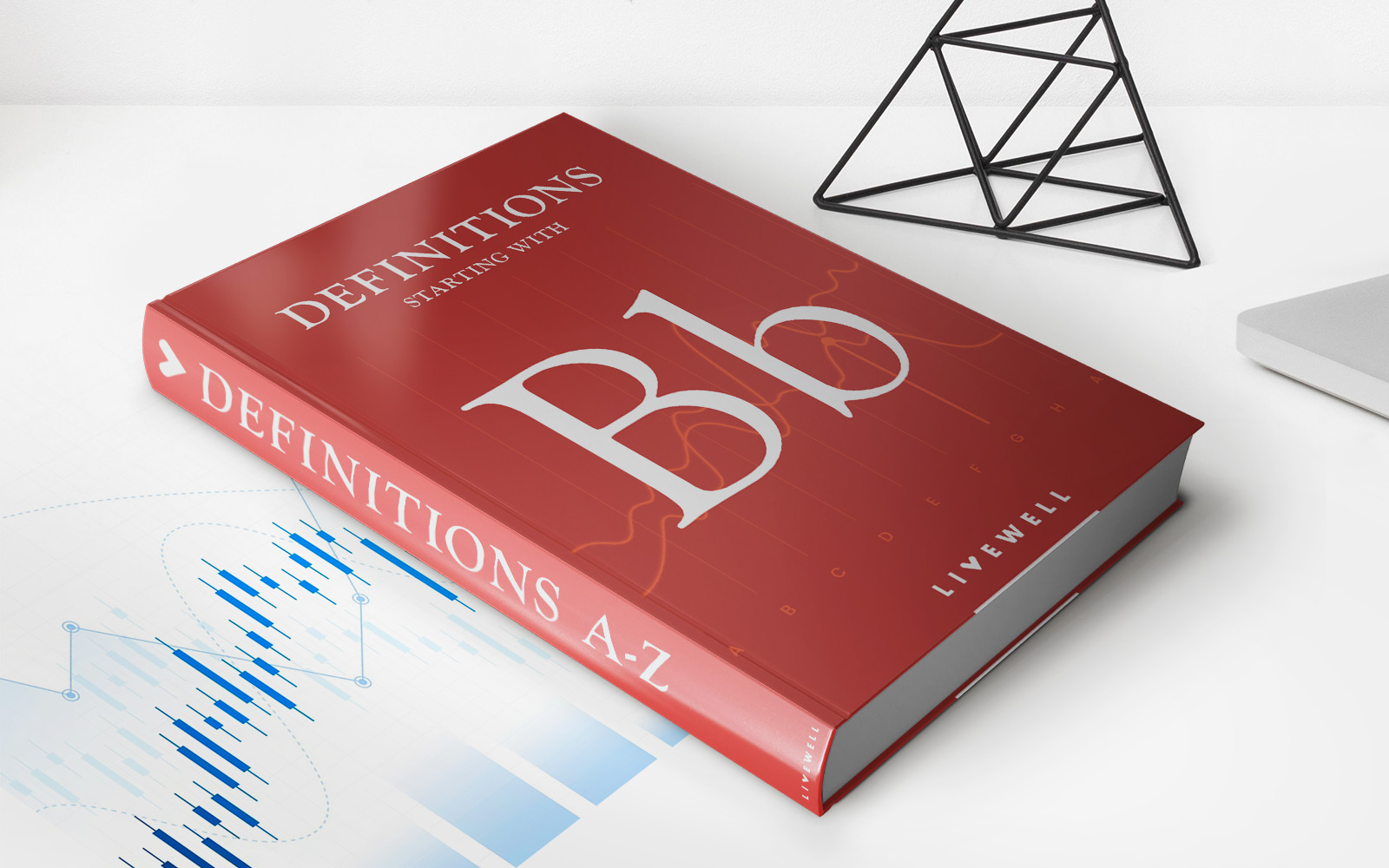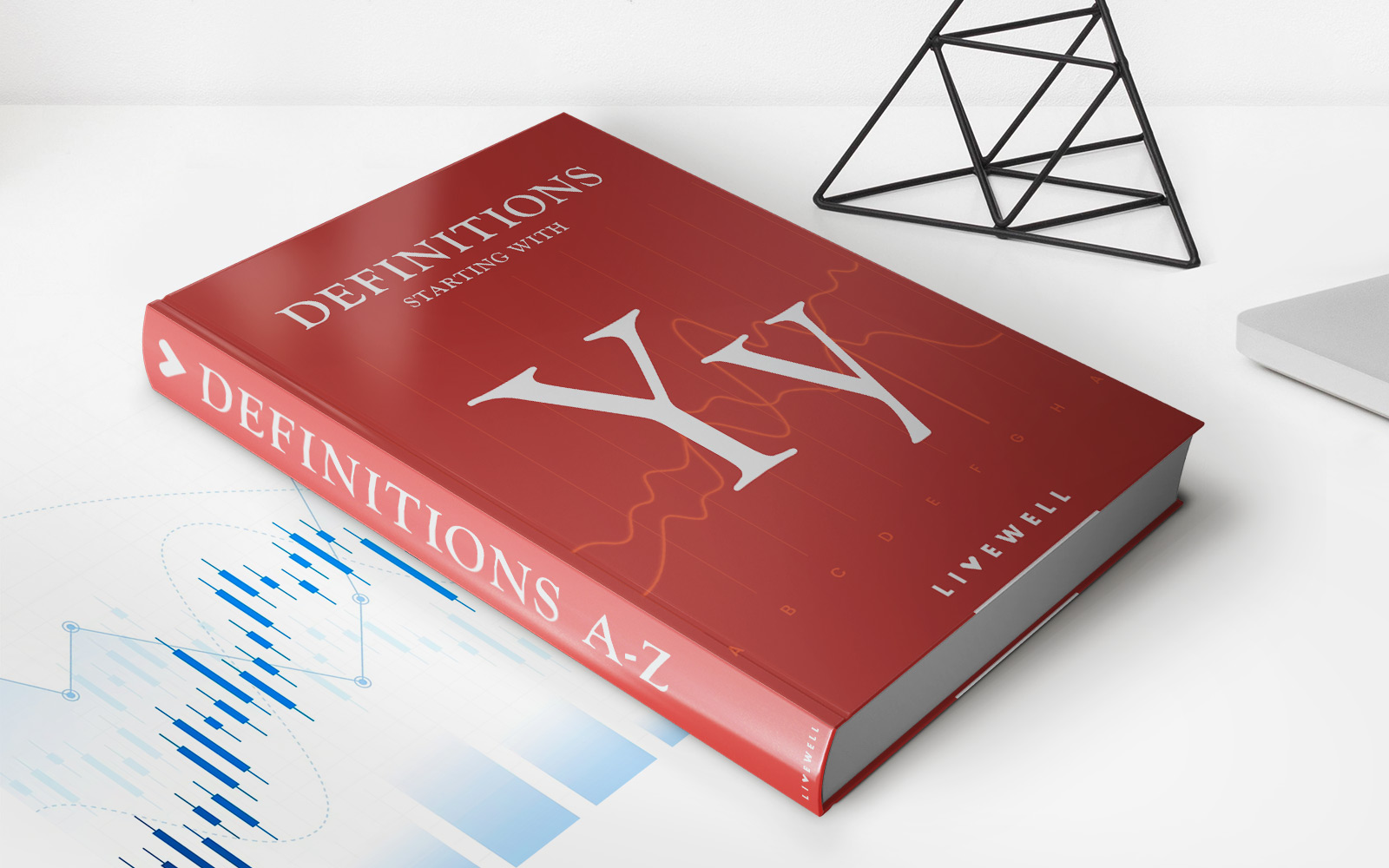

Finance
What Does 25 50 10 Auto Insurance Mean
Published: November 4, 2023
Learn the meaning behind 25/50/10 auto insurance and why it's crucial for your financial well-being. Get the facts you need to make informed decisions about your coverage.
(Many of the links in this article redirect to a specific reviewed product. Your purchase of these products through affiliate links helps to generate commission for LiveWell, at no extra cost. Learn more)
Table of Contents
Introduction
Welcome to the fascinating world of auto insurance! Whether you’re a new driver or have been on the road for years, understanding the ins and outs of auto insurance coverage is crucial. One important aspect to grasp is the concept of 25/50/10 auto insurance. You may have come across these numbers while researching insurance options, but what do they actually mean?
In this article, we will delve into the details of the 25/50/10 auto insurance policy, dissecting its components and unraveling its significance. By the end, you’ll have a clear understanding of how this type of insurance coverage works and what it entails for you as a policyholder.
Auto insurance is a contractual agreement between you and an insurance company that provides financial protection in the event of an accident or damage to your vehicle. It is obligatory in most states, requiring drivers to carry a minimum level of coverage. The specific requirements, however, may vary from one state to another.
The numbers 25/50/10 represent the minimum liability coverage limits for bodily injury and property damage in an auto insurance policy. Let’s explore what these numbers signify and how they impact your coverage.
Understanding Auto Insurance Coverage
Before diving into the details of the 25/50/10 auto insurance policy, it’s essential to have a solid understanding of auto insurance coverage in general. Auto insurance typically consists of several types of coverage, each serving a specific purpose.
Liability coverage is the foundation of an auto insurance policy. It provides financial protection if you are responsible for causing bodily injury or property damage to others in an accident. Liability coverage is required by law in most states, as it ensures that victims of an accident are compensated for their losses.
In addition to liability coverage, there are other types of coverage that you can add to your policy, such as collision coverage, comprehensive coverage, personal injury protection (PIP), and uninsured/underinsured motorist coverage. These optional coverages offer different levels of protection and come with their own set of benefits and limitations.
Now that we have a basic understanding of auto insurance coverage, let’s delve deeper into the 25/50/10 auto insurance policy and decode its meaning.
The 25/50/10 Auto Insurance Policy
The 25/50/10 auto insurance policy refers to the specific limits set for liability coverage in an auto insurance policy. These limits are often expressed in thousands of dollars and represent the maximum amount your insurance provider will pay for bodily injury and property damage claims.
Breaking down the numbers, the first number, 25, represents the maximum amount, in thousands of dollars, that your insurance company will pay per person for bodily injury in the event of an accident. The second number, 50, indicates the total maximum amount, in thousands of dollars, that your insurance provider will pay for bodily injury claims per accident, regardless of the number of individuals involved. Finally, the third number, 10, signifies the maximum amount, in thousands of dollars, that your insurer will cover for property damage per accident.
Essentially, a 25/50/10 auto insurance policy provides coverage up to $25,000 for bodily injury per person, $50,000 for bodily injury per accident, and $10,000 for property damage per accident. These limits ensure that you are financially protected if you cause harm to others or damage their property while driving.
It’s important to note that the 25/50/10 policy represents the minimum required liability coverage in many states. While this coverage may seem sufficient, it is worth considering higher coverage limits to provide additional protection in the event of a severe accident.
Now that we understand what the numbers in the 25/50/10 auto insurance policy mean, let’s explore the coverage details in more depth and discover the factors that can influence auto insurance rates.
Breaking Down the Numbers: What They Mean
The numbers in the 25/50/10 auto insurance policy carry significant implications for your coverage. Let’s break them down further to understand their meaning and the extent of protection they provide.
The first number, 25, represents the maximum amount, in thousands of dollars, that your insurance company will pay per person for bodily injury claims. This means that if you cause an accident and someone is injured, your insurance will cover their medical expenses, up to $25,000.
The second number, 50, signifies the total maximum amount, in thousands of dollars, that your insurance provider will pay for bodily injury claims per accident, regardless of the number of individuals involved. In other words, if multiple people are injured in the accident, your insurance coverage will not exceed $50,000 in total for bodily injury claims.
Lastly, the third number, 10, represents the maximum amount, in thousands of dollars, that your insurer will cover for property damage per accident. Property damage refers to any damage caused to someone else’s vehicle or other property. With a limit of $10,000, your insurance will cover the cost of repairs or replacement up to that amount.
It’s crucial to understand that these coverage limits are not unhindered funds available to you. They represent the maximum liability your insurance company will bear on your behalf in the event of an accident. If the expenses exceed these limits, you may be held personally responsible for the remaining amount.
While the 25/50/10 auto insurance policy provides a baseline level of coverage required by law in many states, it’s important to assess your individual needs and consider opting for higher coverage limits. Severe accidents and injuries often result in substantial medical bills and property damage costs that surpass these minimum limits.
In the next section, we will delve into the specific coverage details of a 25/50/10 policy and discuss the factors that can influence your auto insurance rates.
Coverage Details of a 25/50/10 Policy
A 25/50/10 auto insurance policy provides specific coverage limits for bodily injury and property damage. Let’s explore the details of what this policy entails:
Bodily Injury Coverage: The first two numbers, 25/50, pertain to bodily injury coverage. The $25,000 coverage per person means that if you are at fault for an accident and someone sustains injuries, your insurance will cover their medical expenses up to $25,000. The $50,000 coverage per accident means that regardless of the number of individuals injured, your insurance will pay a maximum of $50,000 for bodily injury claims resulting from that accident.
Property Damage Coverage: The third number, 10, represents the property damage coverage limit. With a $10,000 coverage limit, your insurance will cover the costs of repairs or replacement for the damaged property of others, such as vehicles or structures, up to that amount.
It’s essential to remember that these coverage limits represent the maximum amount your insurance will pay, and any expenses beyond that will be your responsibility. It’s always wise to evaluate your personal circumstances and consider higher coverage limits to ensure adequate financial protection.
While a 25/50/10 policy provides a baseline coverage level, it’s also essential to understand that it does not provide any protection for your own vehicle or injuries. To protect yourself and your vehicle, you may need to consider additional coverage options, such as collision coverage, comprehensive coverage, and personal injury protection (PIP).
Collision coverage helps cover the costs of repairing or replacing your vehicle if it is damaged in an accident, regardless of who is at fault. Comprehensive coverage protects your vehicle from damages caused by events other than collisions, such as theft, vandalism, or natural disasters. Personal injury protection (PIP) covers medical expenses and other related costs if you or your passengers are injured in an accident.
It’s important to review and understand the coverage details of your auto insurance policy and determine if additional coverage options are necessary to suit your specific needs and provide comprehensive protection.
In the next section, we will discuss the factors that influence auto insurance rates and provide tips on choosing the right policy for you.
Factors Influencing Auto Insurance Rates
When it comes to auto insurance rates, several factors come into play that can influence the amount you pay for coverage. Insurance providers consider these factors to assess the level of risk associated with insuring you as a driver. Let’s explore the key factors that can affect your auto insurance rates:
Driving Record: Your driving history plays a significant role in determining your insurance rates. Insurance companies review your record for any accidents, traffic violations, or claims you’ve made in the past. A clean driving record with no accidents or violations can often result in lower insurance premiums.
Age and Gender: Younger and less experienced drivers typically face higher insurance rates due to their higher risk of accidents. Additionally, statistics show that young male drivers tend to have more accidents compared to their female counterparts, leading to potentially higher premiums for young males.
Location: Insurance rates can vary depending on where you live. Areas with higher population densities, congested roads, and higher rates of accidents or vehicle theft may have higher insurance premiums.
Type of Vehicle: The make, model, and age of your vehicle can impact your insurance rates. Cars with higher market values or those that are more expensive to repair or replace generally result in higher premiums. Additionally, vehicles with excellent safety features and a proven track record of low accident rates may qualify for lower insurance rates.
Credit History: In some states, insurance companies consider your credit history when determining rates. A good credit score suggests responsible financial behavior and may result in lower insurance premiums, while poor credit could lead to higher rates.
Coverage and Deductibles: The type and amount of coverage you select, as well as the deductible you choose, can influence your insurance rates. Higher coverage limits or lower deductibles generally result in higher premiums, while lower coverage limits or higher deductibles may lower your rates.
Driving Habits: Insurance providers also consider your driving habits, such as the distance you drive daily, how often you drive, and the purpose of your trips (commuting, pleasure, business). Individuals with longer commutes or those who drive frequently may face higher insurance rates.
It’s important to note that these factors can vary among insurance providers, and each company has its own rating criteria. Therefore, it’s crucial to shop around and compare quotes from multiple insurers to find the best coverage at a competitive rate.
Now that we’ve explored the factors influencing your auto insurance rates, let’s move on to the final section, where we discuss tips for choosing the right auto insurance policy.
Choosing the Right Auto Insurance Policy
Choosing the right auto insurance policy can be a daunting task, but with careful consideration and research, you can find the coverage that meets your needs. Here are some key tips to help you in selecting the right auto insurance policy:
Evaluate Your Coverage Needs: Start by assessing your personal situation and determining the coverage you require. Consider factors such as your driving habits, the value of your vehicle, and your financial situation. This evaluation will help you understand the coverage limits and optional add-ons you should consider.
Compare Multiple Quotes: Shopping around is crucial when it comes to finding the best insurance policy. Obtain quotes from several different insurance providers and compare the coverage options and rates they offer. Look beyond just the price and consider the reputation and customer service of the company as well.
Consider Coverage Limits: While minimum coverage limits are legally required, it’s important to evaluate whether they provide adequate protection for you. Assess your assets and potential liability in case of an accident and consider opting for higher coverage limits to ensure sufficient financial protection.
Review Deductibles: Deductibles are the amount you pay out of pocket before your insurance coverage kicks in. Increasing your deductible can lower your premium cost, but ensure you choose a deductible amount that you can comfortably afford to pay in the event of an accident.
Explore Optional Coverages: Beyond the mandatory liability coverage, consider optional coverages such as collision, comprehensive, and personal injury protection (PIP) to provide broader protection for your vehicle and yourself. Evaluate the benefits and costs associated with these coverages and choose those that align with your needs.
Consider Discounts: Inquire about potential discounts for which you may be eligible. Insurance providers often offer discounts for safe driving records, completing defensive driving courses, bundling multiple policies, or having certain vehicle safety features. Taking advantage of these discounts can help reduce your insurance premiums.
Read and Understand the Policy: Finally, carefully read and understand the terms and conditions of the policy before making a decision. Pay attention to coverage details, exclusions, and any limitations or conditions that could affect your coverage. If you have any questions, don’t hesitate to ask your insurance agent for clarification.
By following these tips and being mindful of your specific needs, you can choose an auto insurance policy that offers the right balance of coverage and affordability for you.
To conclude, auto insurance is a crucial aspect of responsible vehicle ownership. Understanding the components of a 25/50/10 auto insurance policy, as well as the factors that influence insurance rates, will empower you to make informed decisions when it comes to selecting the right coverage to protect yourself, your vehicle, and others on the road.
Take the time to review your insurance needs, compare quotes, and be proactive in seeking out the best policy that suits your unique circumstances. Remember, auto insurance provides peace of mind and financial security, giving you the confidence to navigate the roads with confidence.
Conclusion
Auto insurance is an essential aspect of responsible vehicle ownership, providing the necessary financial protection in the event of accidents, injuries, or property damage. Understanding the 25/50/10 auto insurance policy and its coverage limits is crucial for every driver.
In this article, we have explored the meaning behind the numbers in a 25/50/10 policy and how they determine your coverage limits for bodily injury and property damage. We have also discussed the factors that influence auto insurance rates, such as driving record, location, vehicle type, and coverage choices.
Choosing the right auto insurance policy involves evaluating your coverage needs, comparing quotes, reviewing coverage limits and deductibles, and considering optional coverages and discounts. It is important to read and understand the policy terms and conditions before making a decision.
Remember that auto insurance is not only a legal requirement in most states but also a means to protect yourself and others on the road. It’s crucial to assess your individual circumstances and opt for coverage that provides adequate financial protection.
Whether you have a 25/50/10 auto insurance policy or a different coverage limit, regular review and evaluation of your insurance needs can help ensure that you have the right level of protection. As your circumstances change, such as purchasing a new vehicle or moving to a new location, consult with your insurance provider to make any necessary adjustments to your policy.
Ultimately, the goal of auto insurance is to provide peace of mind, knowing that you are protected financially if the unexpected occurs. Be an informed consumer, understand your policy, and drive responsibly to keep yourself, your passengers, and others safe on the road.














